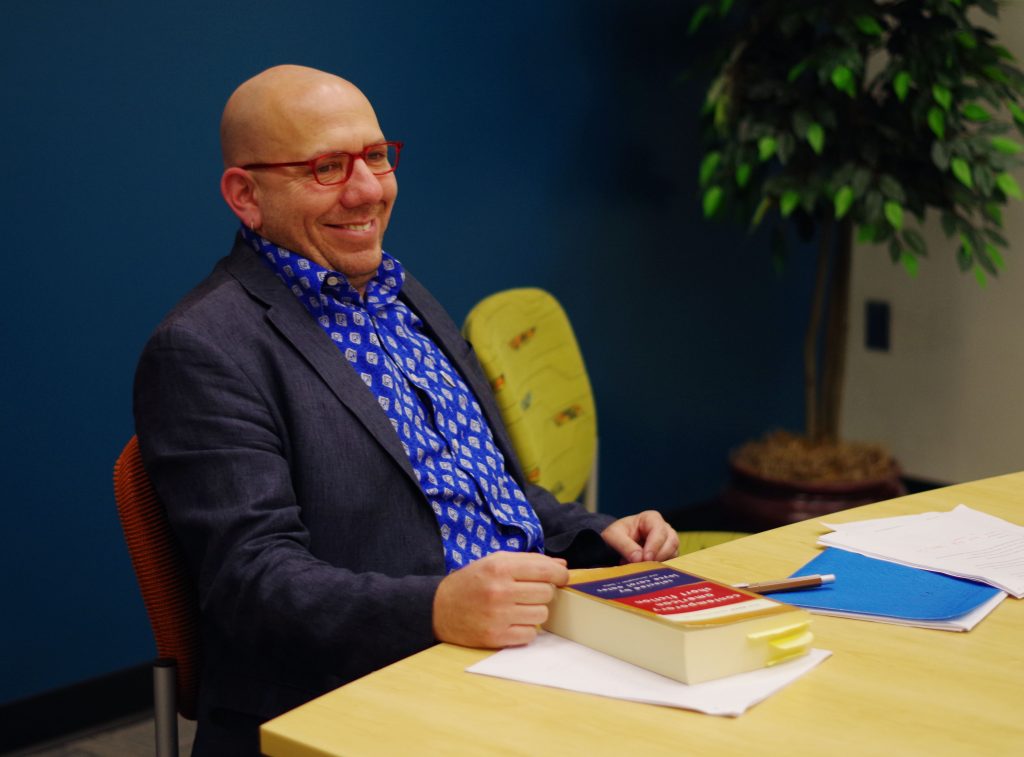
For many writers, November marks more than just turkeys, holiday sales and the beginning of winter — it means it’s time to get writing.
National Novel Writing Month is an annual online writing project that challenges participants to write a 50,000-word manuscript during the month of November. The objective of the event is to simply encourage participants to complete a novel. Participants are advised to forgo the editing and revision processes in order to focus solely on completing the draft, no matter how sloppy it turns out.
Started in 1999 by author Chris Baty, National Novel Writing Month has seen its number of participants grow from just 21 in its first year to roughly 400,000 writers in 2016. Participation is free and open to anyone around the world who dares to take up the challenge. All that is required is an internet connection, an idea for a story and the perseverance to finish. Several best-selling novels that got their start as National Novel Writing Month projects include “Water for Elephants” by Sara Gruen, “Wool” by Hugh Howey and “The Darwin Elevator” by Jason Hough, among others.
National Novel Writing Month has cultivated a large and supportive online community of writers, ranging from fellow participants to distinguished published authors, who provide encouragement and tips to get past writer’s block and reach the final goal of completing the manuscript.
Over the years, the nonprofit has expanded its offerings to make the event more supportive and engaging, beginning tandem initiatives like Camp NaNoWriMo, the Young Writers Program, Come Write In and the “Now What?” Months. Camp NaNoWriMo is a virtual writers’ retreat that allows writers to set their own word-count goal and to create any type of writing project they desire — the project can be anything from a poem to a novel or a screenplay. The Young Writers Program aims to get schoolchildren writing. Educators are able to create virtual classrooms in which they can read their students’ novels, track their progress and provide motivation during the process. The Come Write In program connects bookstores and libraries with their local National Novel Writing Month participants to build exciting physical writing communities.
Forming an official Come Write In location is an option available to everyone; all that is needed is a vibrant space and community, and the National Novel Writing Month office will provide free materials, including posters and postcards, to spread the word about the events.
Though participants skip the revision process during November, the “Now What?” Months effort dedicates the months of January and February to the editing and publishing process, with the support of the organization.
Alexi Zentner, a published novelist and assistant professor in the English department at Binghamton University, said that though they may have written the correct number of words, not everyone who participates in the month has written a good book, which is why the post-November months and work are essential.
“My concern is that some people who participate in NaNoWriMo hit the end of November and think their book is finished,” Zentner said. “Maybe they have part of a book, or even a full draft, but a lot of the work comes in revision.”
Still, Zentner said that starting a novel is the hardest part for many writers, so the month is an opportunity for writers to jump right in.
“It’s a chance to get into the habit of writing, a lot like going to the gym,” Zentner said. “The NaNoWriMo organization also has great resources and is a good place to look for inspiration and encouragement.”


